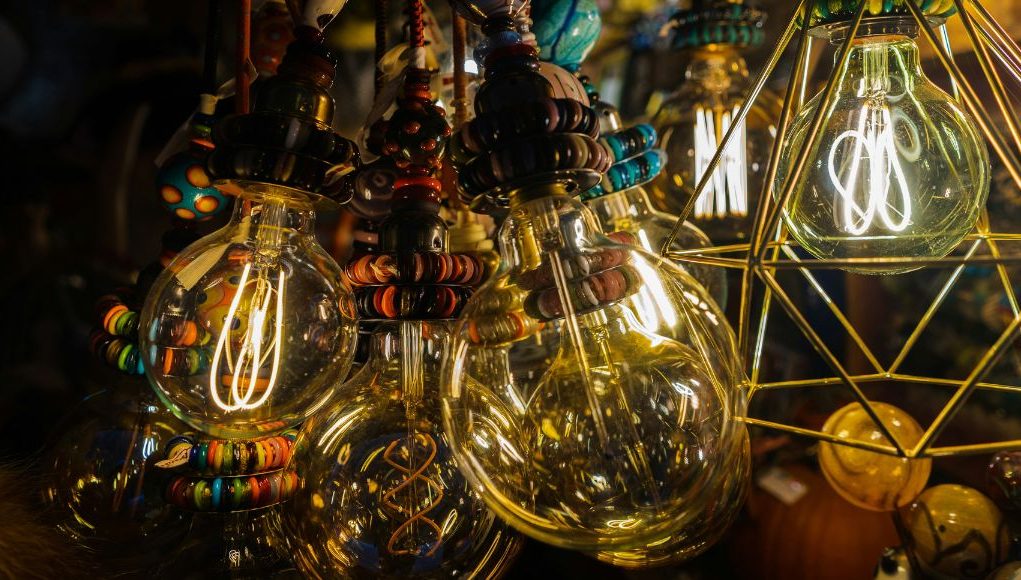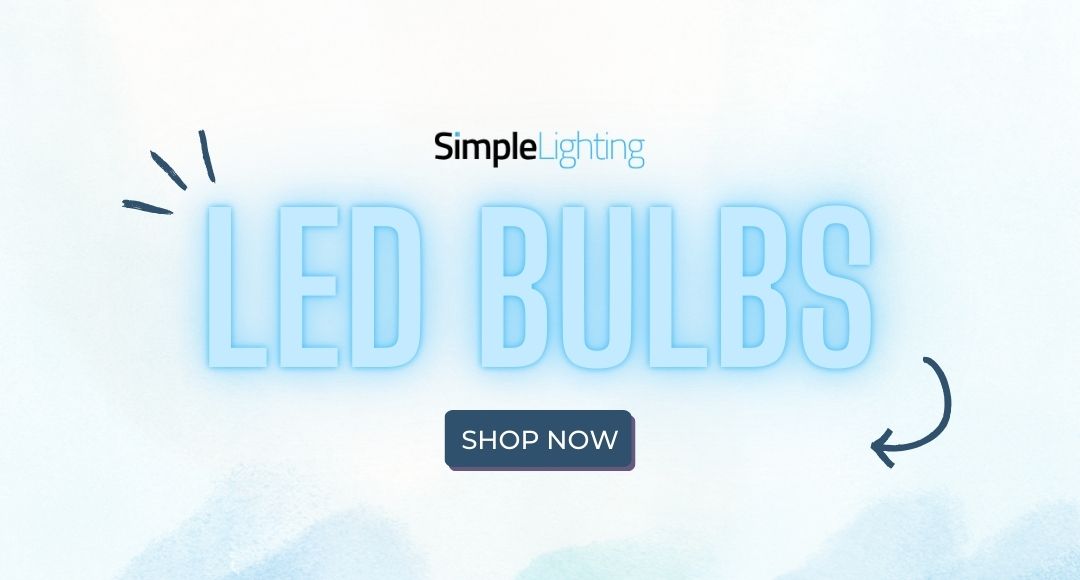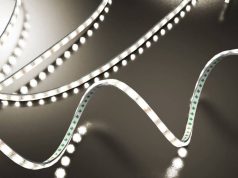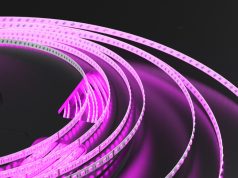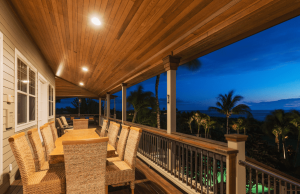What if we’re still living in an era where fire is the primary source of illumination? Imagine the inconvenience of not having desk lights to help you work efficiently and comfortably or the danger of street lights not shining on dark alleys.
As technology advanced, the lighting industry advanced with it. Because of this, we can enjoy the benefits of artificial lighting in the most convenient manner. Before LED lighting, what were the lighting solutions? How did they evolve?
The Incandescent Era: A Revolution in Its Time
You may not think incandescent bulbs are phenomenal today. However, when Thomas Edison introduced the first practical electric incandescent lamp in 1987, it was the talk of the town! Since then, several inventions have integrated this lighting solution, resulting in more extraordinary discoveries.
Incandescent bulbs work when an electric current passes through a thin wire called the filament, heating it and causing it to light up.
The filament is typically made from tungsten, a metal with higher electrical resistance. It is then enclosed in a glass bulb that’s cleared or filled with an inert gas, protecting it from oxidation. The wires or terminals embedded in the glass deliver the electric current to the filament, which, due to its high resistance, glows or heats up, emitting light.
Unfortunately, incandescent bulbs have many drawbacks. They are inefficient, have a short lifespan and produce too much heat. As a result, people looked for ways to enhance this technology, giving birth to better alternatives!
Advancement in Lighting: Halogen, CFL, and Fluorescent Tubes
What came after incandescent bulbs? Before the energy-efficient LED lamps, halogens, CFLs, and fluorescent bulbs brought light to commercial and residential spaces. What are they?
- Halogen: It works by heating a filament like an incandescent bulb. However, a halogen bulb has halogen gas, which slightly improves its lifespan.
- Compact Fluorescent Lamps (CFL): It’s a more compact version of a fluorescent tube. CFLs are more energy-efficient than halogens but require a slightly longer warm-up time.
- Fluorescent: A tube-shaped bulb that emits light through a gas discharge and phosphorous coating. It’s the most efficient of the three.
Generally, halogens are almost the same as incandescent bulbs, heating filaments to radiate brightness. CFLs and fluorescent tubes are designed using a different technology, exciting the phosphorous coating with a gas discharge.
While halogens, CFLs, and fluorescent tubes are a step higher than incandescent tubes in terms of efficiency, lifespan, and heat production, they still have some disadvantages. All fluorescent bulbs contain mercury, which is toxic to you and the environment. In addition, halogens quickly lose their luminance, adding more waste to landfills.
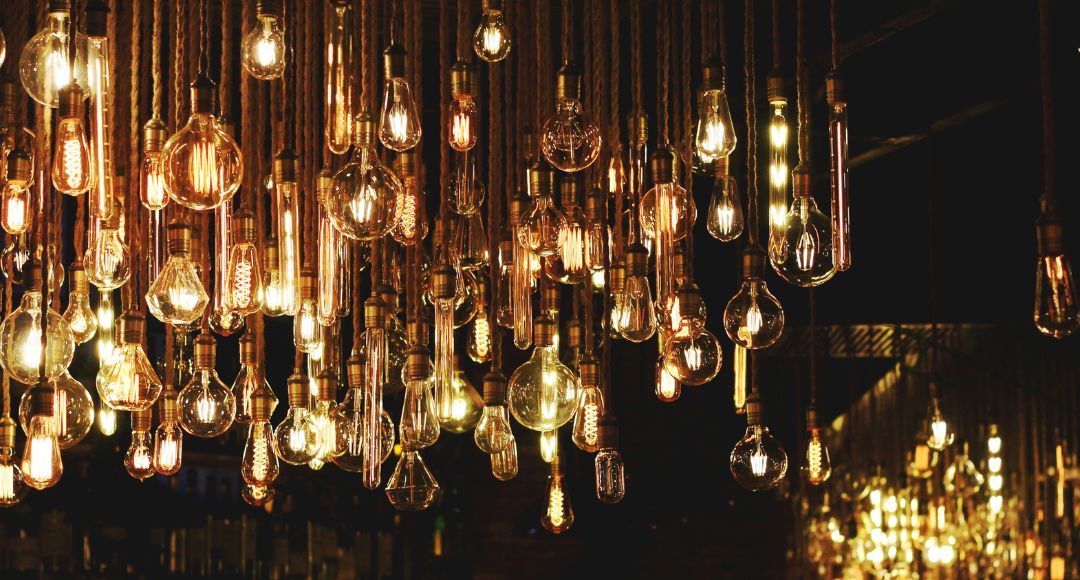
The Rise of LED Technology: A New Era of Illumination
After years of research, toiling and many trials and errors, LED technology was made!
Light-emitting diodes (LED) produce light when electric current passes through a microchip. As the current travels, electrons in the semiconductor remerge with electron holes. The combined electrons and holes release energy in the form of photons. The light colour is determined by the energy needed for electrons to cross the semiconductor band gap.
Initially, the market did not warmly welcome LED light bulbs due to their higher cost and not being as bright. However, it continually developed, ushering in a new era of lighting! Now, LED lighting is more affordable and offers a variety of colour temperatures, unique features, exceptional designs and more. In addition, LED lighting lasts longer (about 50,000 hours) and is more energy-efficient (consumes around 80% less energy than incandescent bulbs).
LED Lighting Today: Why It’s the Superior Choice
Between incandescent, halogen, CFL, fluorescent and LED, why should you pick LEDs? Three things: positive environmental impact, increased cost savings, and innovation!
With LED technology, you can significantly lower your carbon footprint. Less energy means less fossil fuel burning, and longer lifespan means less waste. Plus, LED bulbs don’t contain toxic materials like mercury!
As mentioned, LEDs offer low power consumption and extended lifespan. Because of this, your electricity bill and maintenance expenses will decrease, increasing your savings! Furthermore, LED lighting has exponential growth opportunities. Now, you can find smart LED lighting, tunable colours, RGB + WW colours, automatic home integrations, etc.
Conclusion
What if they stopped after inventing incandescent bulbs? How will we fare today? Fortunately, it didn’t end with incandescent bulbs, and many inventions followed. This allowed us and future generations to experience energy-efficient and eco-friendly lighting!
So, to enjoy the magnificent benefits of LEDs, visit our website, Simple Lighting. Our extensive range of indoor, outdoor, and commercial lighting solutions will let you experience all that is good about using LED fixtures!


